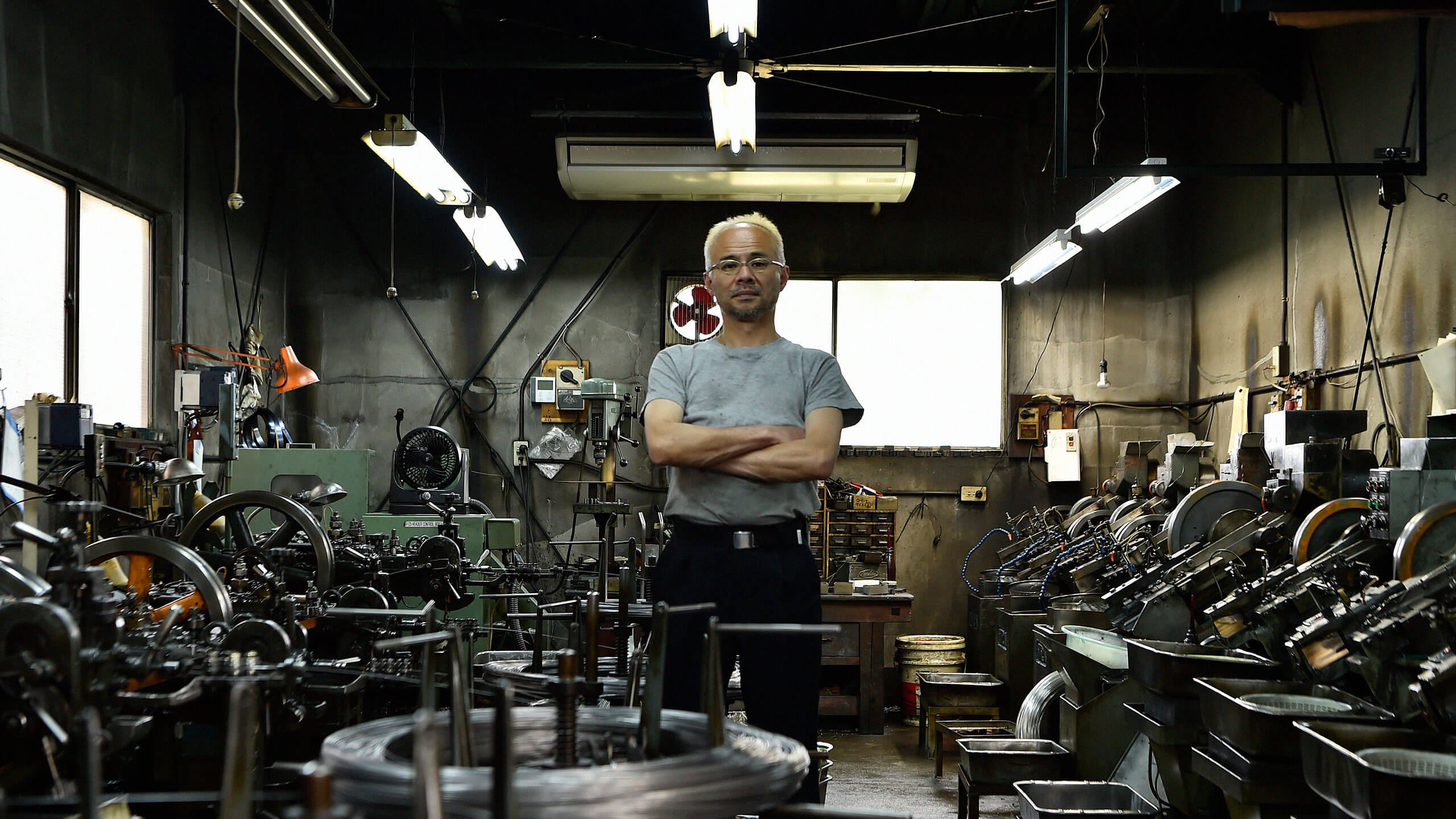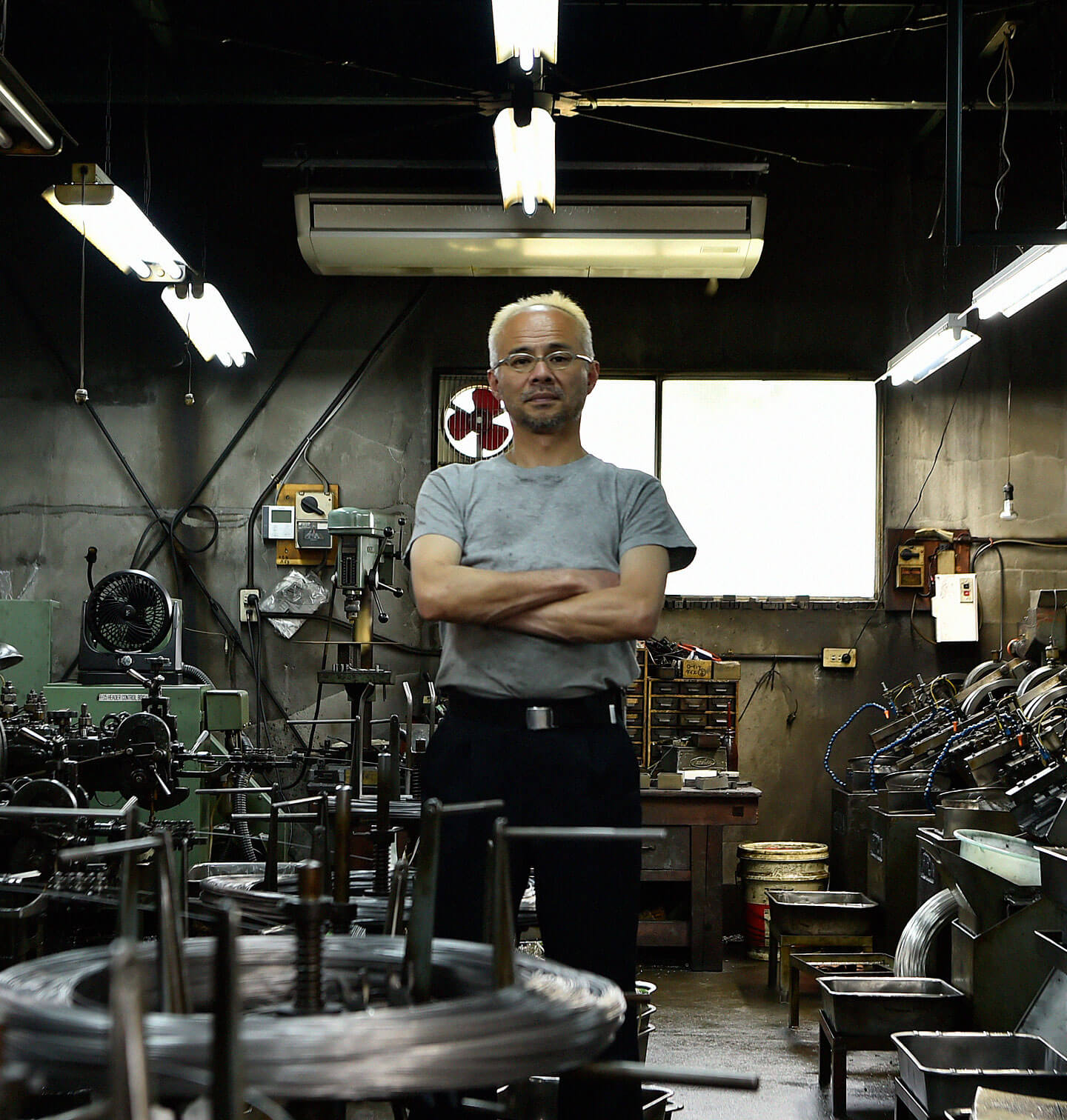INDUSTRIAL JP
idstr.jp open shareOctober 23, 2016
AT-2
asai seisakusyo
interview
I want you to feel the presence of screws in your daily life.
// asaiseisakusyo interview
This is Asaiseisakusyo, the factory Dorion created his composition with. We can hear the almost techno-like sounds of the machinery when we arrive. The blonde-haired president, who runs the factory by himself, took the time to tell us about the factory’s wide range of activities.
asai neji
ID-2
asai seisakusyo
dorian
One major example of the use of “the super low head screw” is the production of bipedal robots.
I know you manufacture screws, but can you explain to us in some detail what kind of screws you make?
About 80-90% of the screws we manufacture are just ordinary screws, with a screw head and a spiral groove.
There are screws that are different? Like screws that aren’t sold at most stores or screws with different structures?
There are screws with specialized shapes, but once screws are placed into products most people don’t get an opportunity to actually see them.
What kind of products are these screws used in?
They are often used in products related to mobile phones as well as lighting, laundry machines, refrigerators and other appliances. I also get various orders online for very specialized screws. If I see the product, I can tell without a doubt that it came from my factory.


For example, what kind of special orders?
There was someone making a fly fishing reel by hand who wanted minus screws. I have a lot of these customers. Minus screws aren’t a very widely sold item.
Really? I don’t know much about it.
A company in America had the patent for plus screws but in the 1960s the patent expired and anyone could make them. Then came the new wave of plus screws. If you look around you might realize that almost nothing contains minus screws. In terms of things you see in daily life, they are sometimes used in the steps to trains to avoid collecting dust.
Minus screws have something of an old-fashioned image, even if you’re not conscious of it. People who might not be aware of these kinds of things might, for whatever reason, want to use minus screws instead of plus. I’ve gotten a request from someone making an army themed diorama who needed minus screws before as well.
It must be interesting getting all these custom orders. Are there special kinds of plus screws as well?
I also make “super low head screws” for times when you need the head of the screw not to protrude at all. A relatively major use of these is in bipedal robots. These super low head screws are used in 70-80% of 30cm by 40cm humanoid robots, I think. If I say more than that you’ll figure out what product I’m talking about so I’ll stop there (laughs).
There aren’t that many bipedal robots in Japan, right?
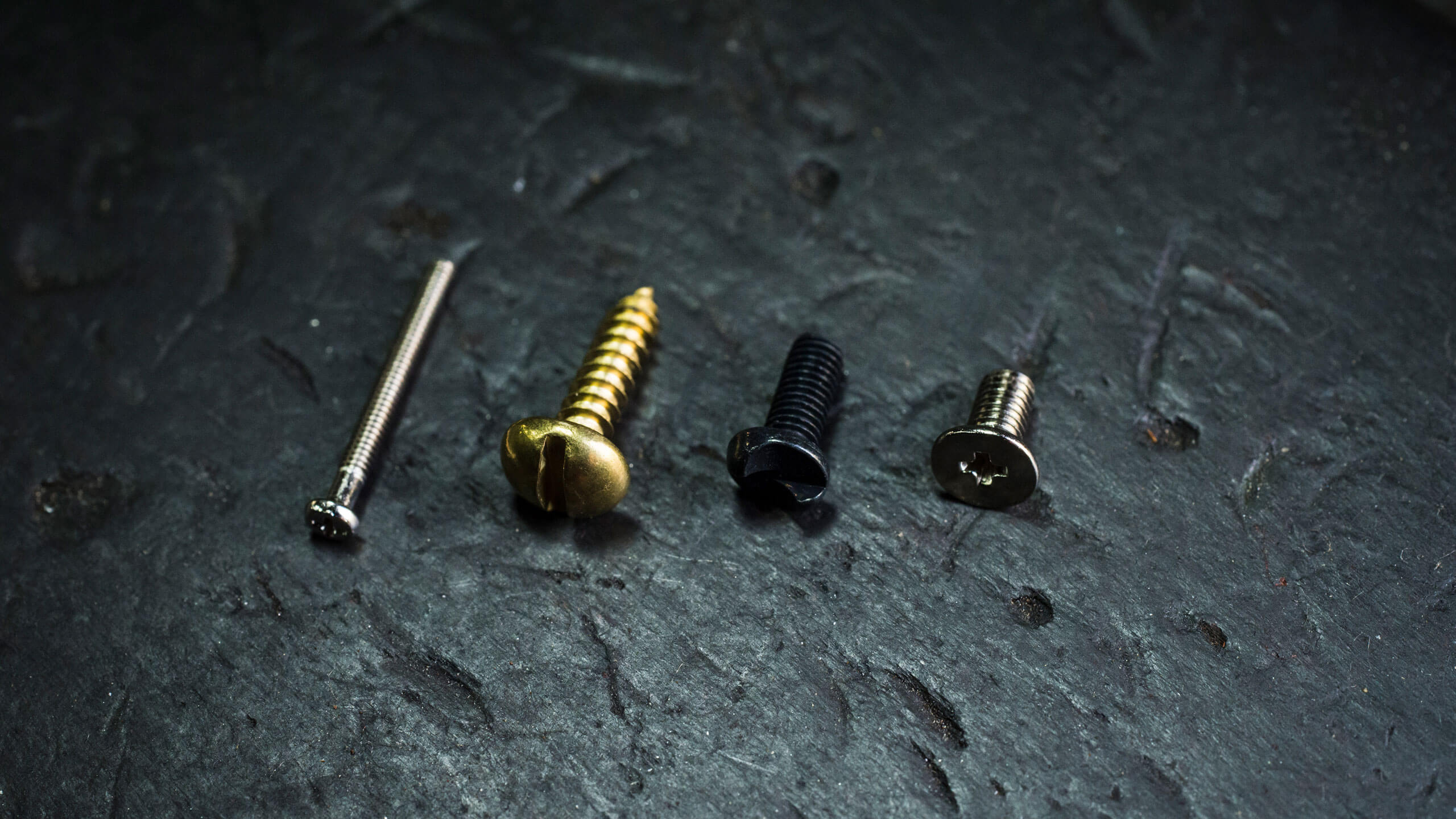
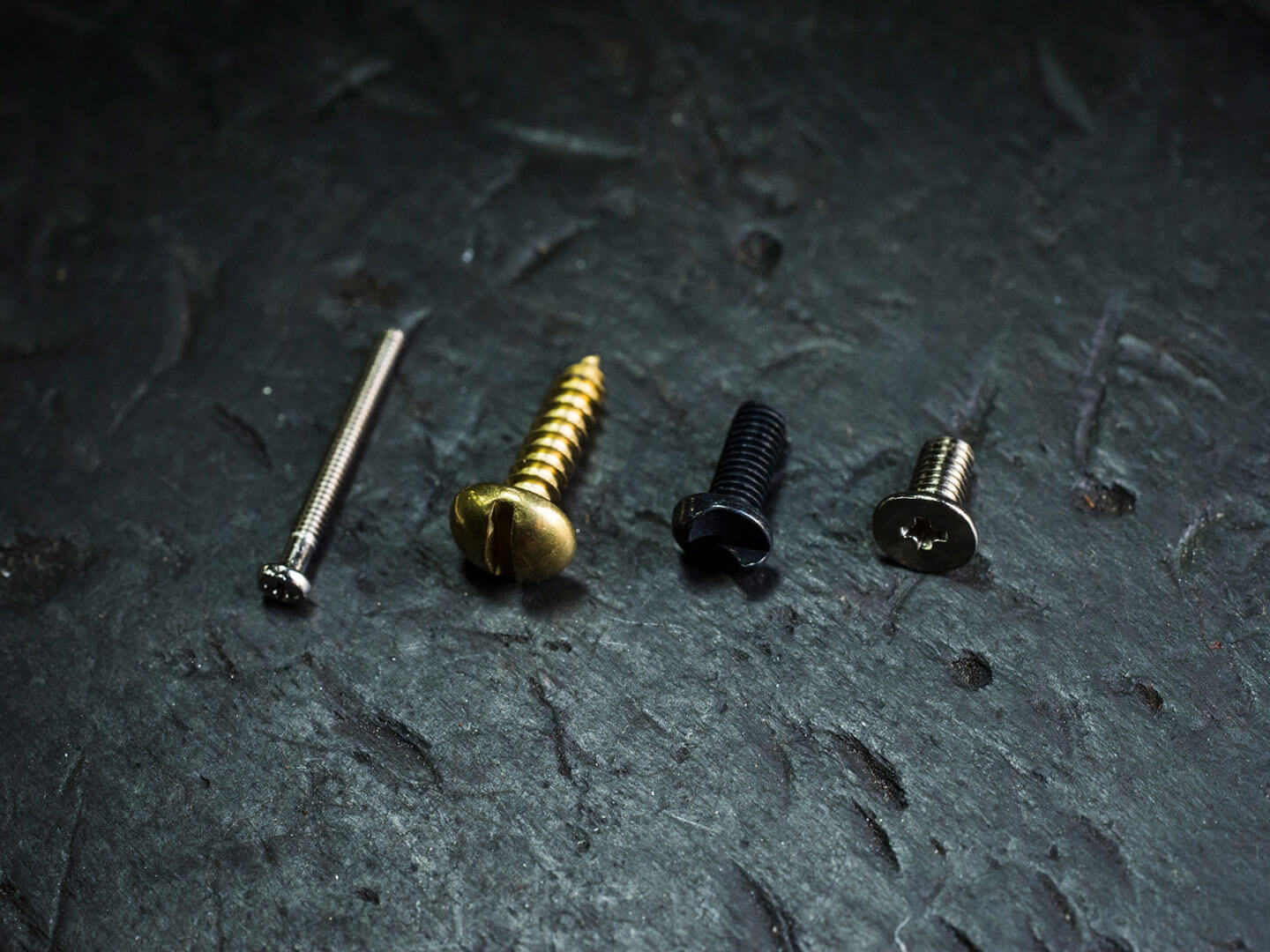
I don’t want people to get the impression that “all manufacture in Japan is amazing and incredible”.
Are there any parts of the manufacturing process that you think of as being particular difficult?
You can divide the manufacture of screws into two segments. First, you make the general shape of the screw without the groove. Then, you add the groove itself. You don’t cut or carve this groove into the screw; You press it in. The axle of the screw is placed in the machine and the groove is imprinted on the screw. The location settings as well as the pressure applied to the screw must be adjusted by sight. Without experience, this part of the process can be quite difficult.
Is there anything that a beginner like me could do?
I think it’s all fairly difficult if you’re a complete beginner. Digital processes where all you need to do is enter in a few numbers might be possible but most of the manufacturing done at this factory is analog and requires small adjustments during the process itself. Depending on the type of screw, the shape of the screw head changes. Depending on the metal mold used, the finished product will change. If you are used to these things you can imagine the finished product as you’re making it. If you’re a beginner, it will end up a different shape from the one you were trying to make.
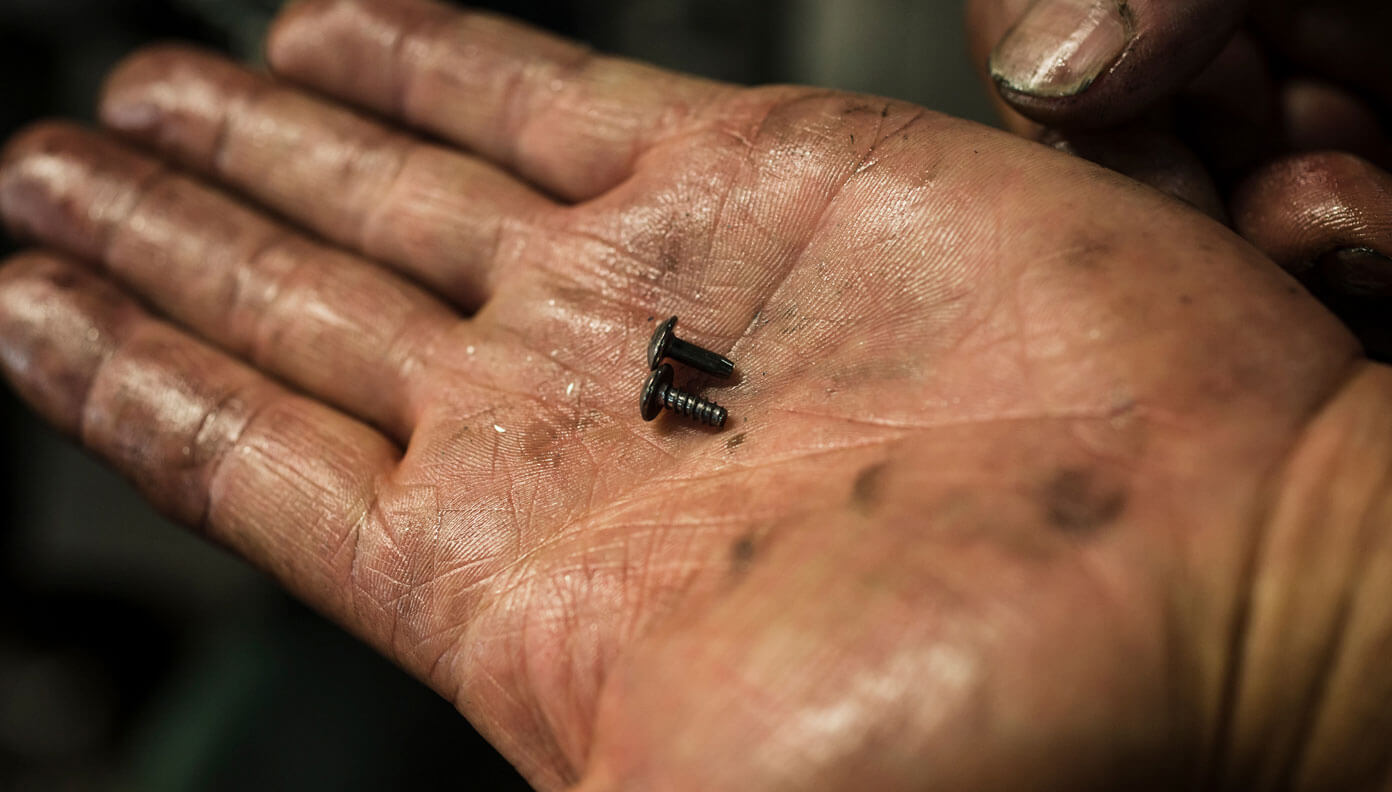
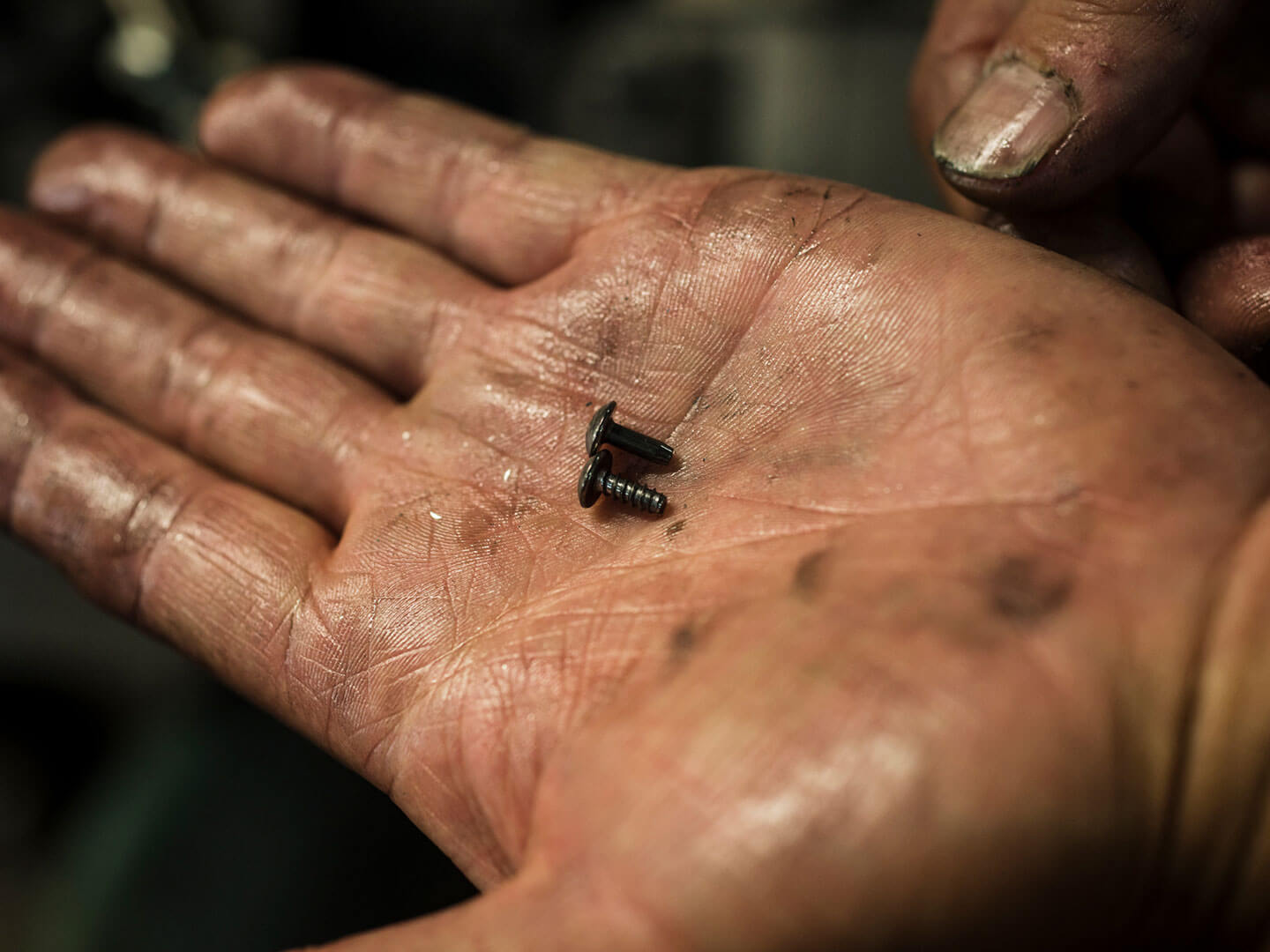
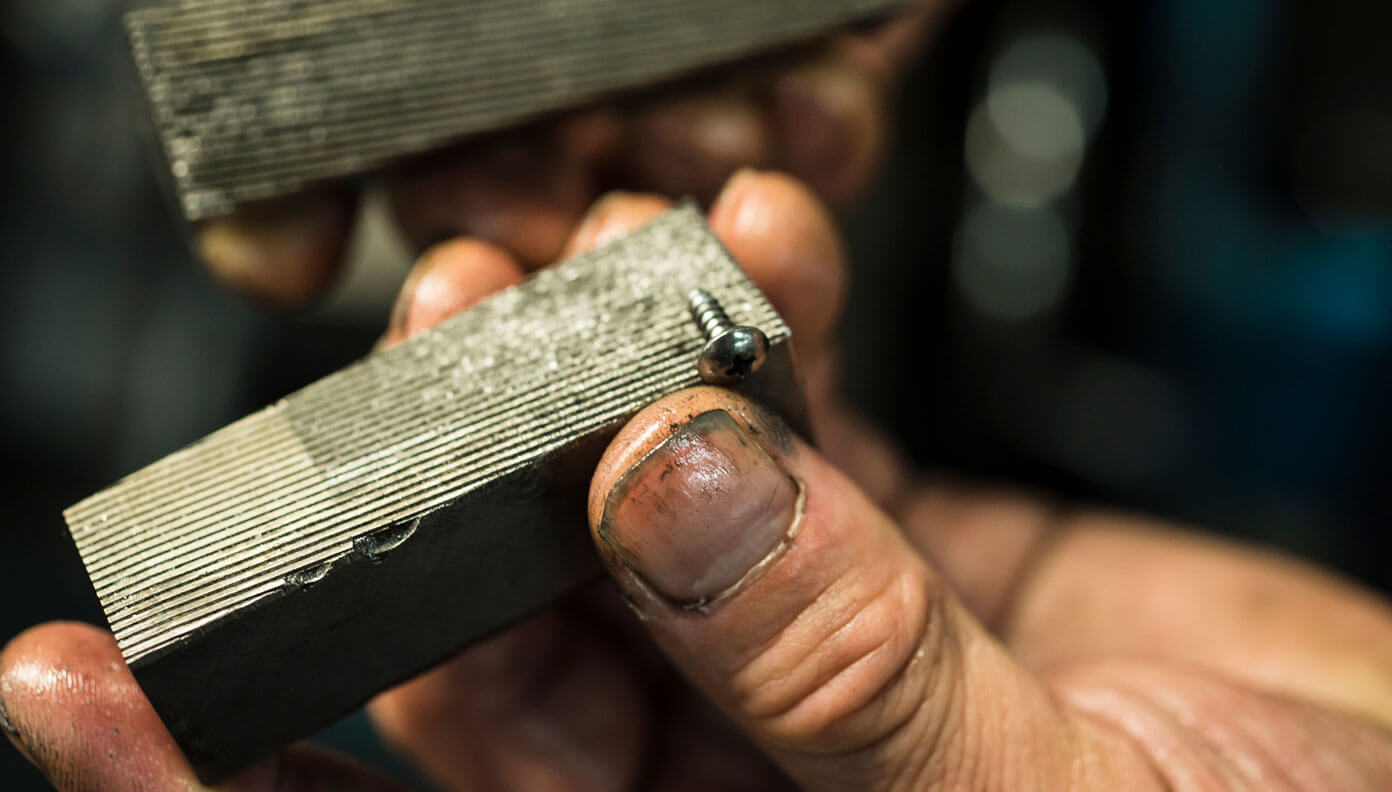

That must require a certain level of artisanship. Does Asaiseisakusyo have any strengths in that area other factories don’t?
No, not really. Just that I make these custom orders on a very small scale.
I see. Is there a difference between technology in Japan and abroad?
No there isn’t.
That’s a very clear answer (laughs).
Honestly, I don’t want people to get the impression that “all manufacturing in Japan is amazing and incredible”. Not every factory is like “Shitamachi Rocket” - a famous novel about a small factory in Japan (laughs).

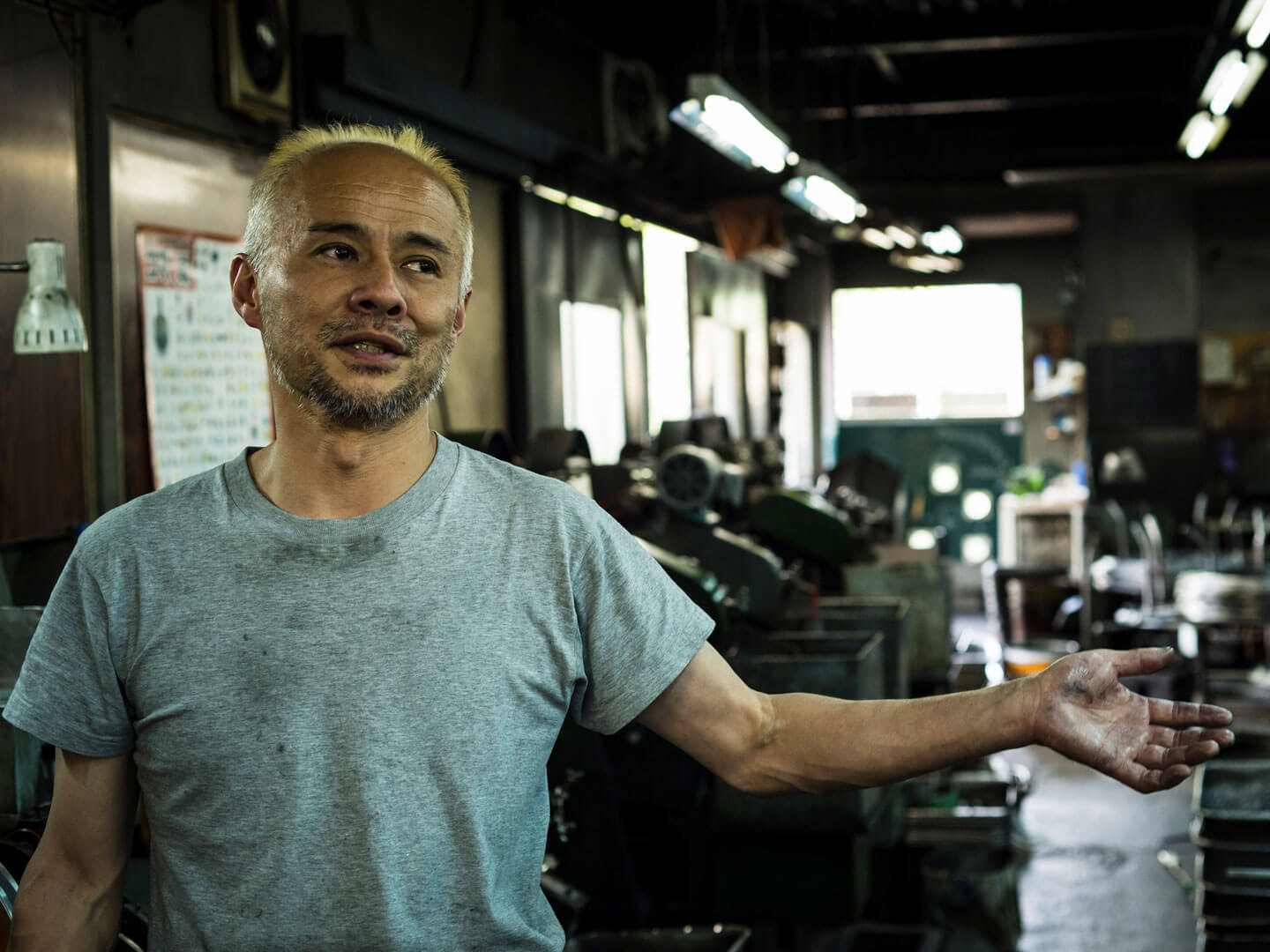
I guess you’re right. We might be too idealistic occasionally (laughs). However, producing essential products has enabled you to survive. Do you ever get any absurd orders?
I do, but of course I refuse anything that’s completely impossible. However, I do try to challenge myself on things I am not sure about if I get the chance. If I can do it, I will accept payment for it. If it goes well, that becomes new knowledge I can use again in the future. There are also times when I challenge myself and fail.
You’re using these challenges to accumulate new knowledge, so are there any strategies you regularly employ?
In order to increase efficiency, I’m always thinking about how to improve the process. Because I’m working at the factory alone, the process depends on me so I make decisions quickly. It is often said that the setup is 70-80% of manufacturing. For example, making parts of completely different sizes on one machine takes time and energy to change settings, so creating a efficient process and making parts of a similar size is important. Of course, in most cases, I do things in the order that I received the request, but sometimes changing the order can increase efficiency. It often depends on the shape of the screw and the processes required to make it. Knowledge about these things is vital.
Even with the amount of knowledge you have, do you still make mistakes?
Of course. No matter what you do, mistakes will happen. Someone might get mad at me if I just come right out a say “Yes!” (laughs), but I think its better to discover your mistakes while you’re still in the process of making the product. It’s not good if you find out after you already shipped them.
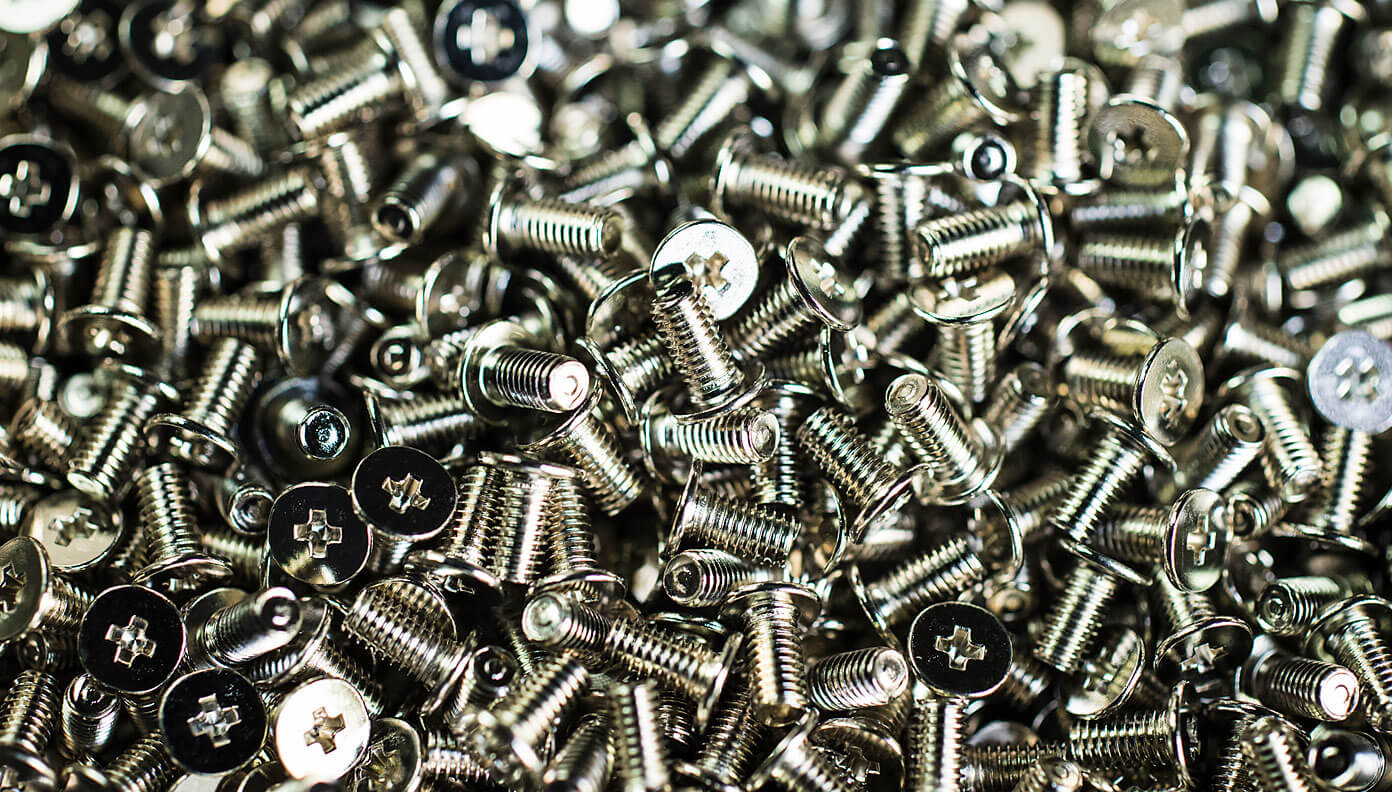
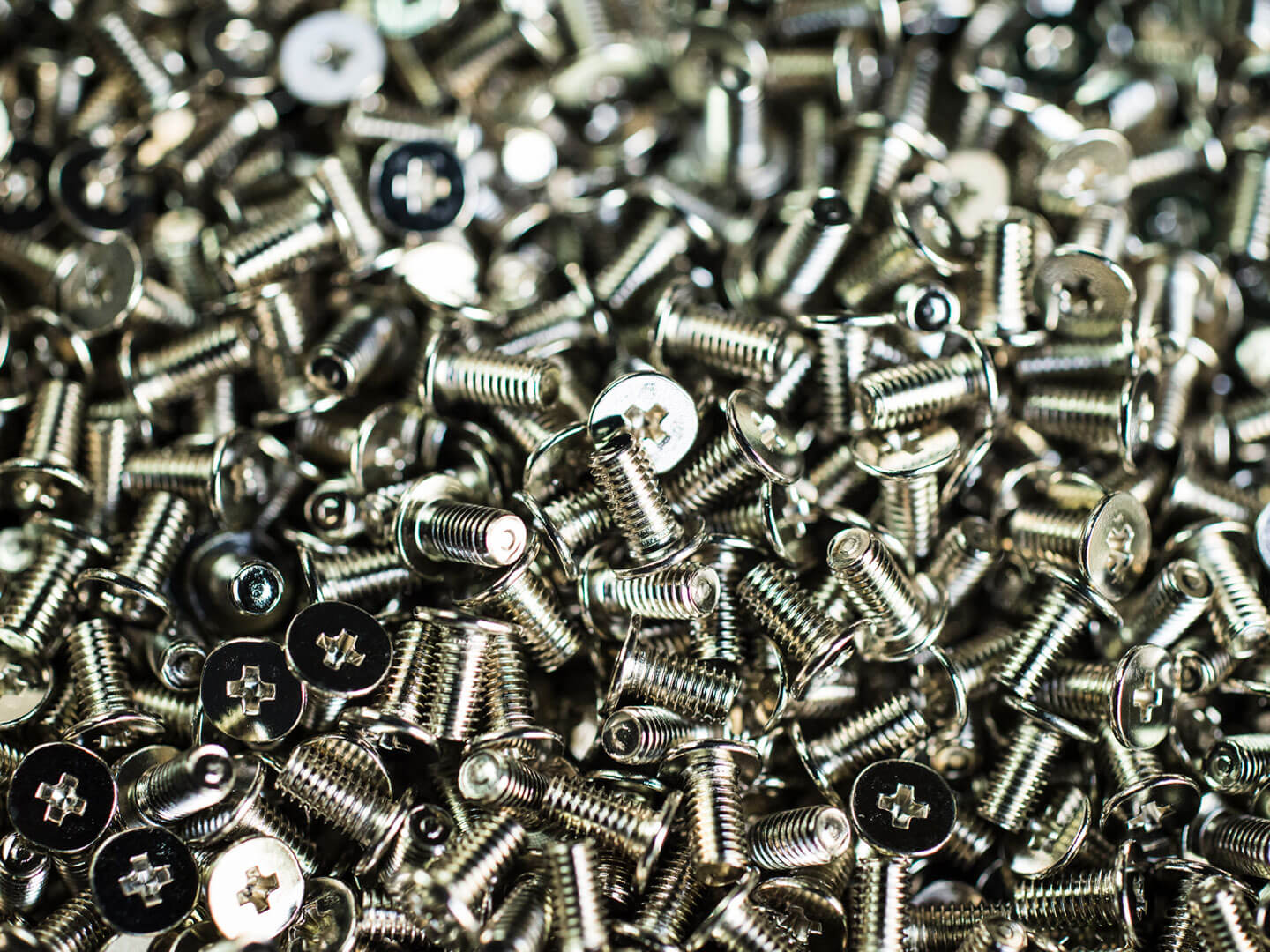
There are too many products to find your mistakes.
I do make 400,000 screws a day, but if there isn’t a problem with the screw I’m currently working on, there probably wasn’t a problem with the one before it. You have to think this way. If the screw I’m currently making has a problem, it is likely that all the screws I made before have a problem. This is why I check at regular intervals. If there are no problems with the products I check, then they are approved.
How frequently do you check?
I check once every ten or fifteen minutes. Quality checks are an important part of the process. Maintaining the process is the most important part of the job. When customers visit, the space between checks increases, but if, for example, an hours worth of products have problems, I can just continue manufacturing for another hour to make up for the loss. I do try very hard to check frequently.
Currently, rather than using sensors to do these quality checks, it is more efficient for a person to check themselves?
That’s right. Performing these checks yourself results in a better finished product. However, it’s impossible to check hundreds of thousands of units by yourself, so in a certain sense things are decided before we even start using machines.
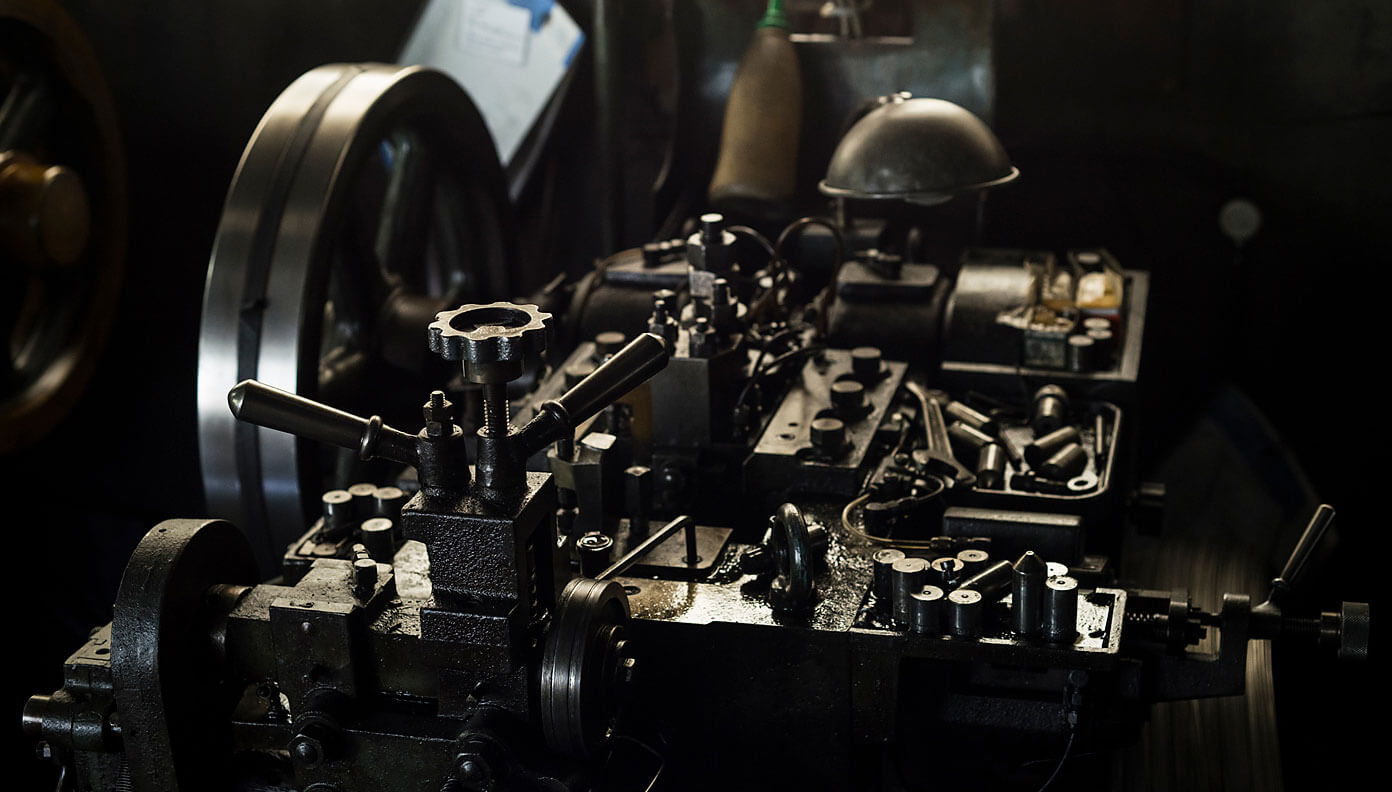
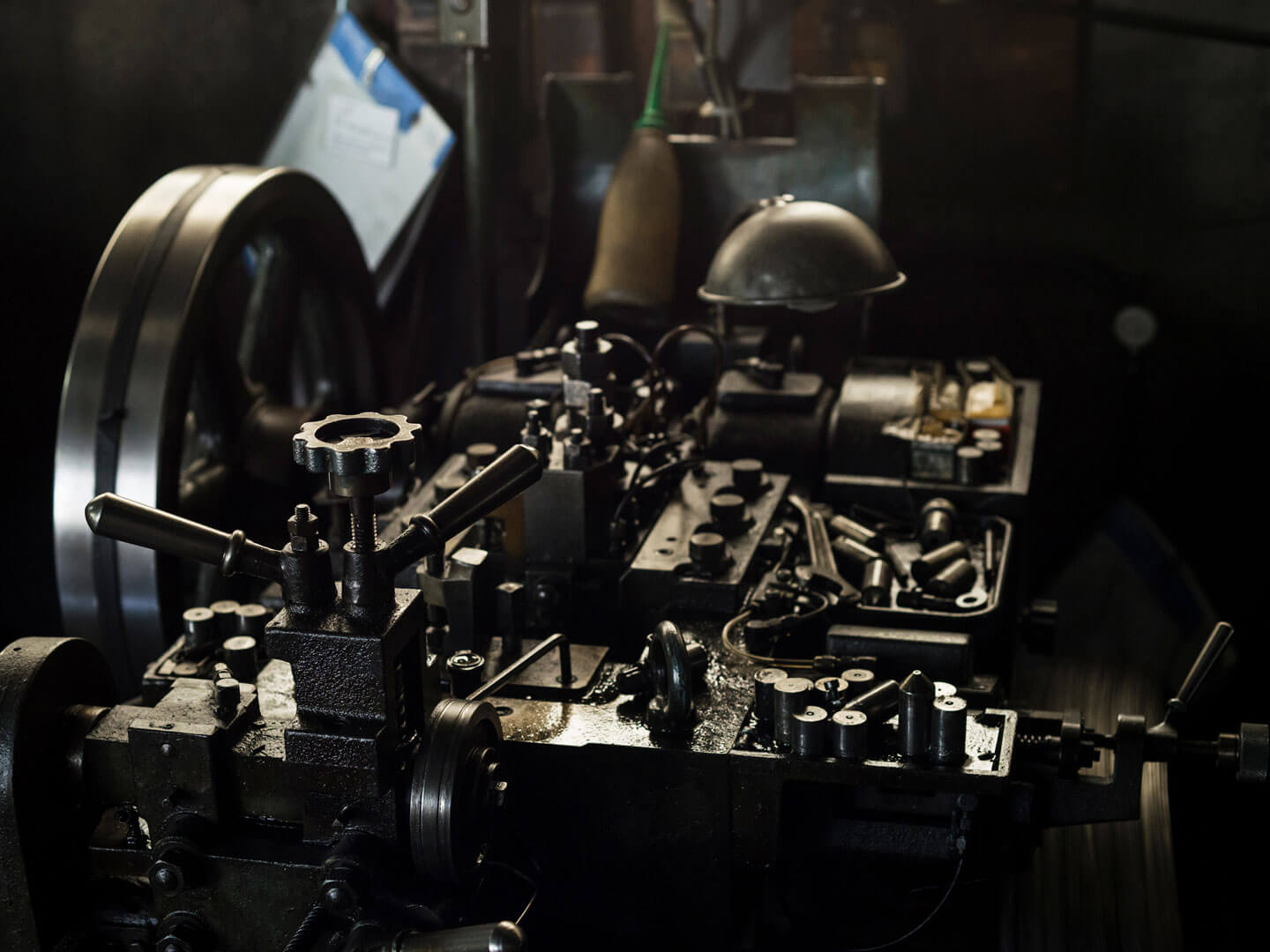
How do you decide whether a product is good or bad?
A common problem is a defect in the shape of the final product. You can recognize these quickly by looking at the product. There can be problems with the heads of tools for manufacuturing plus screws. It can end up the wrong shape after having been improperly cut by the machines.
If there are issues, is there any change in the sound of the machinery?
Of course you can often tell by what you see, but there are often times that you can tell by sound or smell. If there is an issue and the motor stops, there can be a change in the smell. My father, who used to be the president of the company, once said “when you’ve learned to tell by the sound of the machinery, you’ve mastered this job”.
What kind of changes occur in the sound?
First of all, the rhythmical quality to the sound completely changes. The sound of things colliding with each other in the machinery also changes. Today, you can hear a certain rigid quality in the sound. It can be a little bit unnerving but today we are using chitin so that’s just the way it sounds when you use that material.

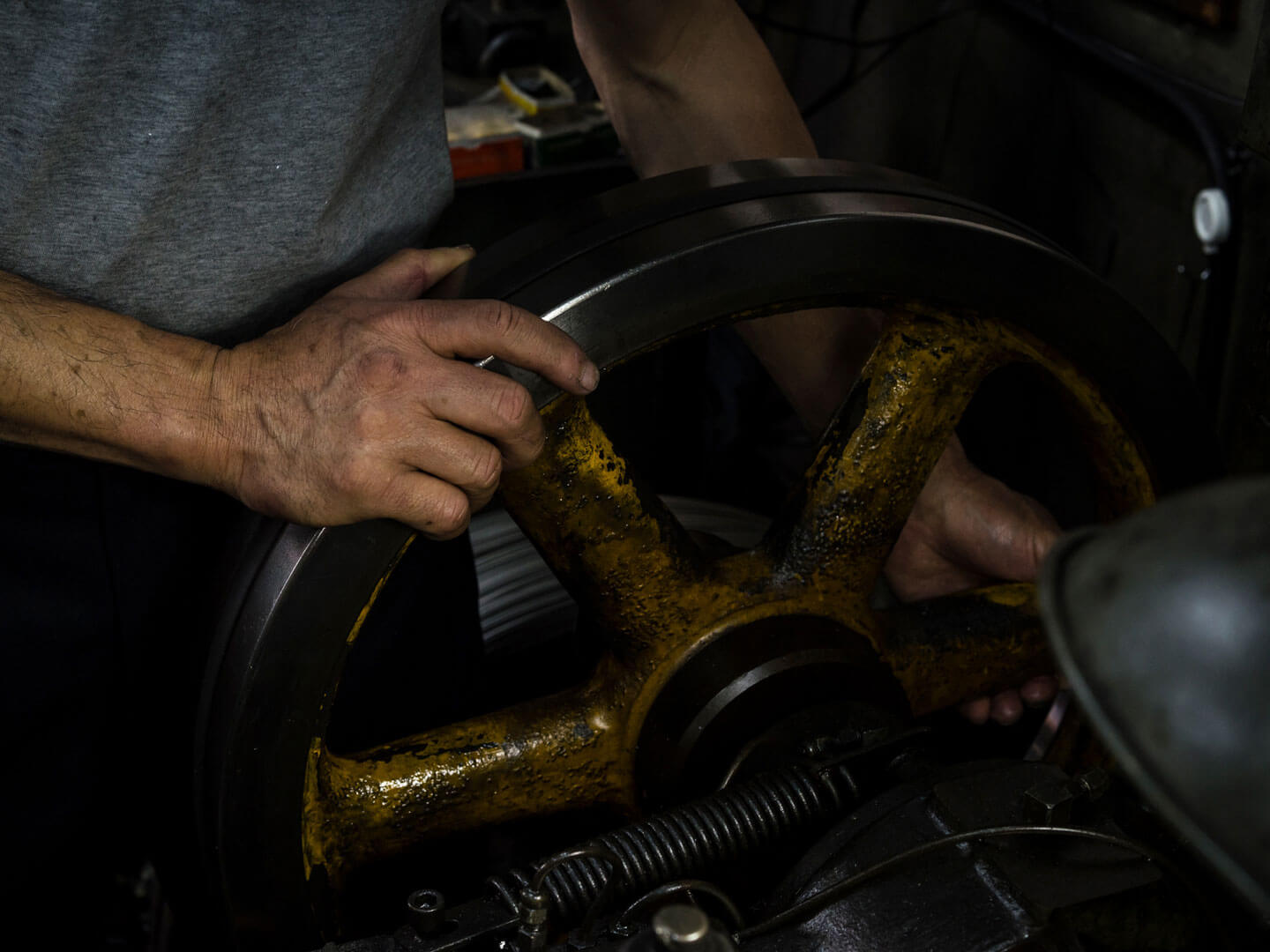
A lot of people think they’re just screws. I have to keep supporting the industry if I don’t want it to lose it’s steam.
By the way, did you see the music video that was made using the sound and visuals from this factory?
Of course. I don’t normally listen to much music but I very much understood the concept. Old manufacturing equipment has many parts all connected to one motor, so the movement and sound have a singular rhythm. Modern manufacturing doesn’t have as much of this rhythmical quality to it. Even if you try to make similar product, the parts of machinery all move independently.
I see. When I heard the sounds of machinery here, they reminded quite a bit of techno music.
Because of the constant rhythm, you can tell when there is a change in the sound. Even as a child, I remember being in this environment, and even if I didn’t touch the machinery I was constantly listening to it.
We took the sights and sounds here and used them to make music videos, but this company has been turning screws into accessories and making “neji namennayo” (“Don’t make fun of screws”) T-shirts. What is the goal here?
I am doing this to preserve our motivation towards my work. It’s fun really. The idea of workers at a place that most people think dirty making accessories is interesting. Me dying my hair might be interesting in a similar way. Some people are a little taken aback but if they see me working, they’ll realize that I’m actually very serious about what I do.
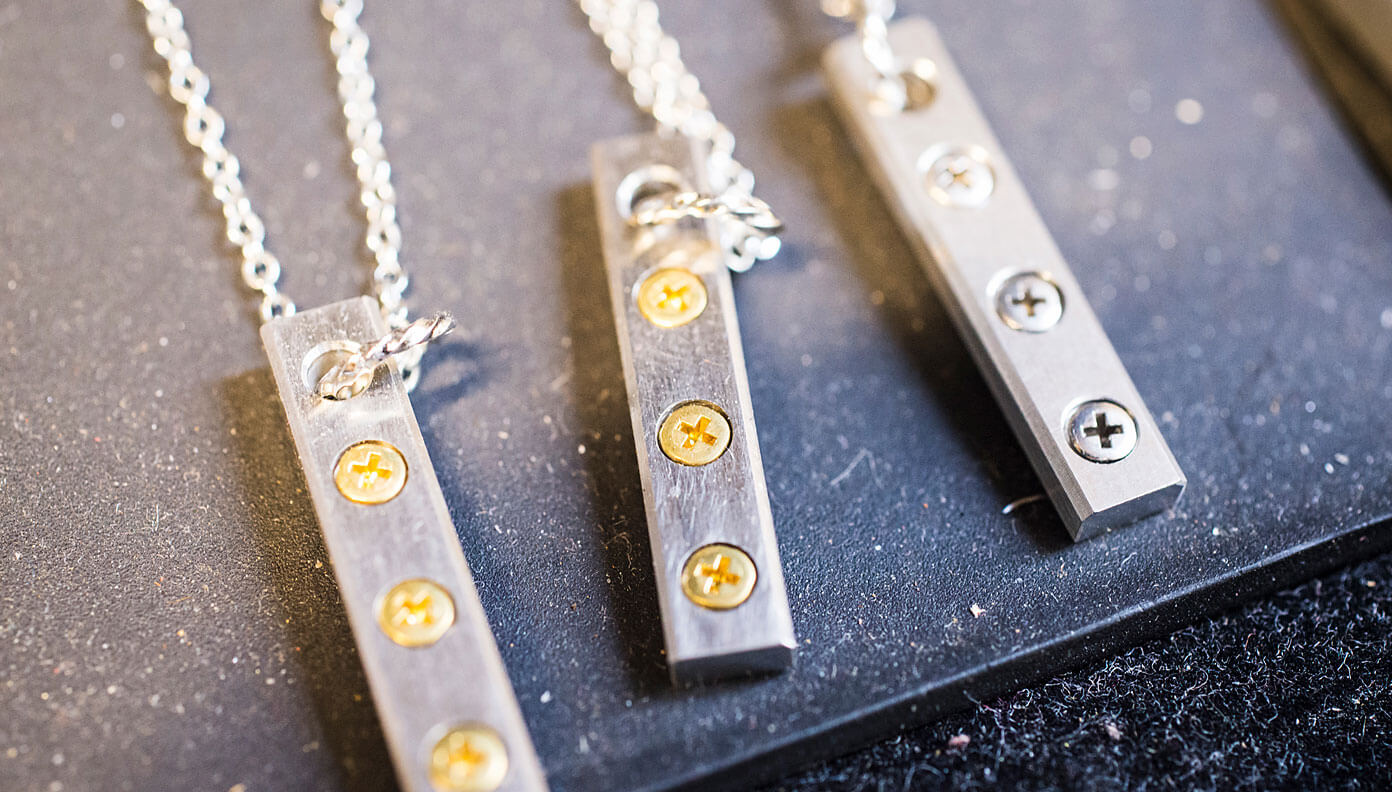
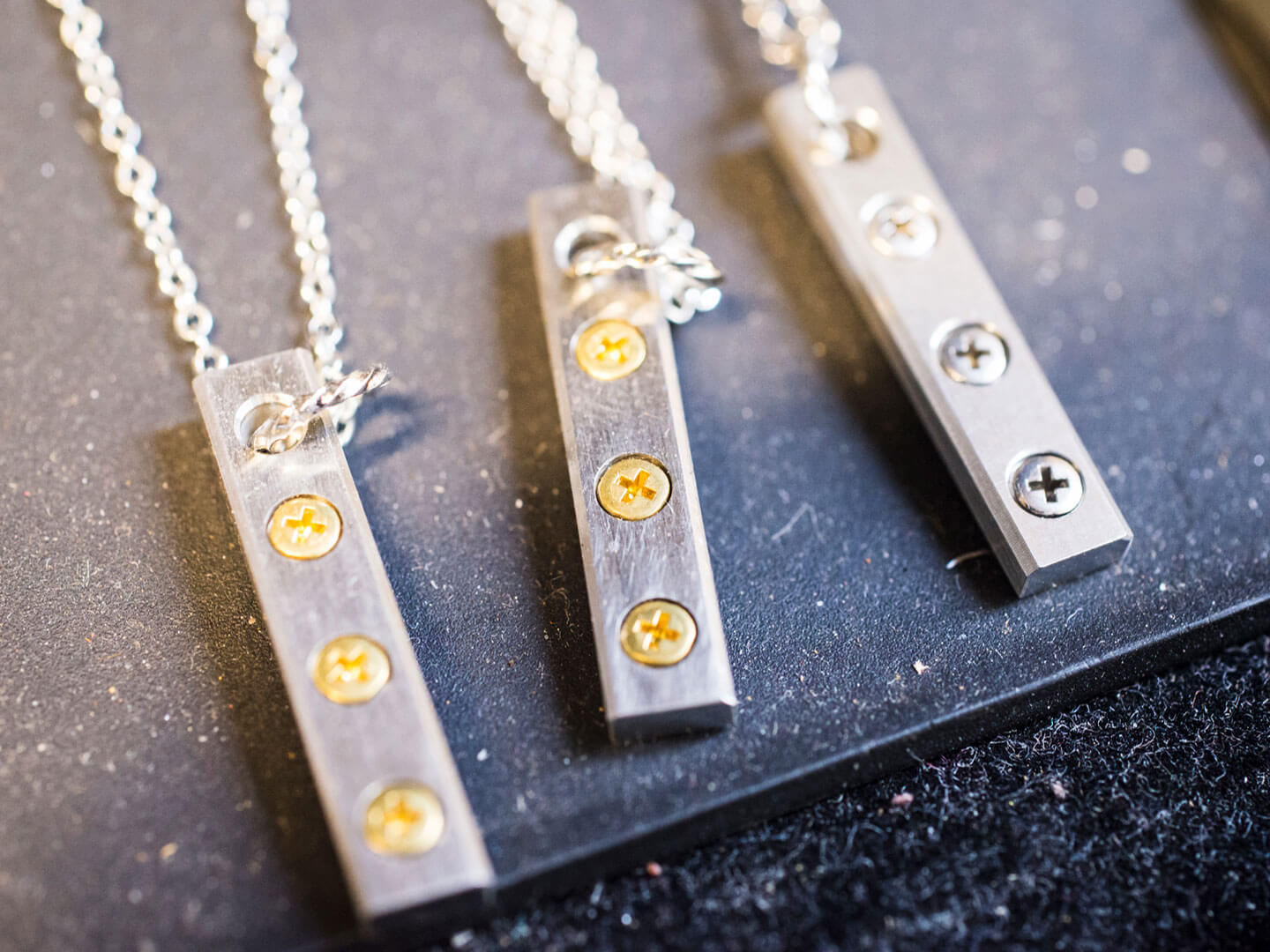
Turning minuses into pluses.
That wasn’t our initial plan. I started with no intentions and the reaction was interesting.“Neji namennayo” was something said during the filming of a video at this factory. I took a liking to the phrase. I turned it into a T-shirt and after wearing it for a while the line turned into my new nickname.
Do you ever feel like you agree with that line?
A lot of people think they’re just screws. Not just the specialty screws, even regular screws are extremely important. They are essential. I have to keep supporting the industry if I don’t want it to lose it’s steam.
That’s interesting. I hope screws are seen in a different light from now on.
I made a website in 2001, and from 2004 I allowed people to come and freely observe the factory. A book about factory tours came out and there has been an increase in people interested. All kinds of people, for example women, children and couples, have come to see the factory. People come for fun and are free to take videos while they are here. I want people to feel the presence of screws in their everyday life.
I see. Do you have any hopes for the future?
I am starting to make these accessories so if this could become a more significant source of income, that would be nice. If I spend too much time focusing on that, however, the quality of my main work might suffer. I would like to get to the level that I get some attention at the design festival that happens twice a year, but of course I am a screw factory, and that is my primary focus.


Before we talked to you, we thought you might be a fairly eccentric person, but you turned out to be very calm and collected.
That’s true. I suppose I have two sides to me. It is always important for me to first try something and then back off before I make a mistake. That’s the kind of person I am.
FACTORY
asai seisakusyo
Asaiseisakusyo.Co.Ltd.
Asai is a screw factory in the town of Soka, Saitama Prefecture. It churns out 400,000 screws a day, from standard style to slimhead. They operate their own website (nejikouba.com), and can accommodate small custom orders. And in their “Screw Studio,” they sell fashion accessories made of real screws.
449-7 Yatsukakamicho, Soka, Saitama 3400024 Japan
